Keywords & Themes
Exhibition Design
Curation
Project Management
Time Management &
Timelines
___________
Project Brief
Examine the theory and practice of curating and exhibiting communication design. The project addressed the broader history of curatorial practice as well as contemporary discourse in the field, with a focus upon the particular challenges and debates surrounding the exhibition of communication design. We were required to assess the practical considerations that inform exhibition design and collaborate to develop and produce a communication design exhibition meanwhile developing critical reflections on our team's contribution and our own work.
Project Management
The Project Management and Branding team assumed complete responsibility for coordinating the workflows of the various groups and ensuring the timely and budget-compliant execution of the exhibition at a high level of quality.
Within our team, our roles seamlessly intersected to provide consistent and effective leadership. We maintained clear and open communication among ourselves, resulting in a successful exhibition opening with minimal complications.

To define “social innovation” requires looking at the growing system of complexities that our postmodern society operates within. To begin unpacking methods to leverage social innovation and prepare for future challenges is to broaden our perspective on what is implementable and possible.
In Nordic countries, the term “social innovation” is not limited to the production of material objects or commercial services; social innovations can extend to active involvement and participation from citizens to promote a healthy standard of living, education, and other means of societal wellbeing. It’s about how practical solutions that make everyday living easier balances with larger political decisions to create benefits for any nation. Most significantly, it’s about how we consider the adaptation of human behaviours while social politics, dynamics, and needs shift and fold within the flux of an ever-growing society.
Folding Social is an exhibition that speaks to that idea of a “folding society” through the physical abstractions of postmodern, Nordic social innovations. Designed, curated, and managed by the Class of 2022, Master of Communication Design cohort, Folding Social presents a selection of Finnish innovations, from the book ‘100 Finnish Social Innovations,’ that resonate with the Australian reality of navigating life after the COVID-19 pandemic.
While taking inspiration from ‘100 Finnish Social Innovations’, this exhibition goes beyond the text and encapsulates the concerns, feelings, and challenges that young people of Australia face in the aftermath of a global pandemic. Yet, it also celebrates how students utilise their creative spirit to bring together a truly resonant display that encourages contemplation, reflection, and tapping into childish joys.
Curatorial statement
Approach
Navigating the complexities of managing our exhibition demanded a thoughtful, strategic approach. While the initial handover document laid the groundwork, its outlined timeline lacked the necessary granularity. It served as a broad strokes plan, offering a big-picture view to establish our long-term objectives. Essentially, it aimed to align our teams and phases with overarching goals and deadlines.
This roadmap wasn't just a mere timeline; it was a detailed guide mapping out our project's aspirations, tasks, deliverables, and milestones over time. Each step was intricately linked, demonstrating how individual tasks converged to produce our desired outcomes. Moreover, it fostered collaboration among cross-functional teams, drawing insights from mentors and external stakeholders. This timeline became the bedrock for clarity, communication, coordination, accountability, alignment, impact, and prioritization.
As it progressed, the timeline's utility expanded beyond its initial purpose. Originally crafted to outline tasks and deadlines, it morphed into a central reference point for various aspects of our project.
Firstly, it streamlined resource management and collaboration, clearly defining task responsibilities and ensuring optimal resource utilization. It adeptly highlighted overlapping tasks and dependencies, enhancing the efficiency of our meetings.
Moreover, the timeline played a pivotal role in boosting team morale and managing stress. Juggling multiple subjects, students found it invaluable for staying focused, enhancing their overall performance.
Lastly, it became a hub for troubleshooting, leadership, and stakeholder feedback. Identifying potential issues became effortless, and the timeline provided a structured approach to address them promptly, ensuring favorable outcomes for all stakeholders.
In essence, the timeline transcended its original purpose, becoming an indispensable tool. Its influence on resource management, meeting efficiency, team motivation, stress management, issue resolution, leadership, and stakeholder engagement underscored its critical role in our project's success.
Project Timeline

















